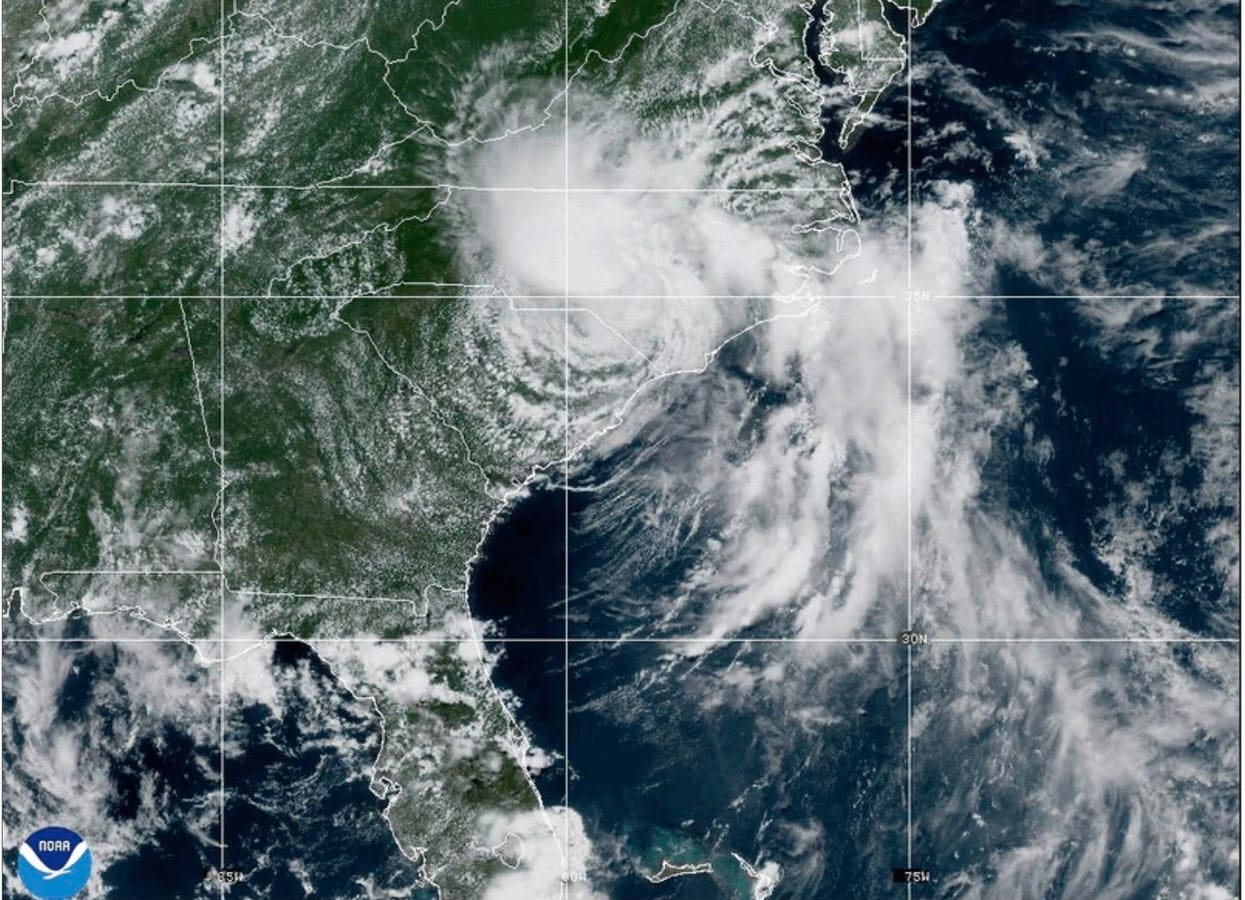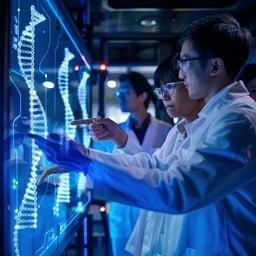In 2020, when the world was confronted with COVID, our teams at Philips moved faster than ever. We redesigned supply chains overnight, empowered frontline decision-making, and brought digital solutions to hospitals scrambling to stay ahead of a pandemic. For a moment, urgency unlocked fast adaptation. But as the crisis subsided, so did the momentum. Familiar structures and routines reasserted themselves, and the old ways of working returned.
That pattern—the burst of change followed by a retreat to the familiar—troubled me. It wasn’t a technology problem. It wasn’t about talent. It pointed to something more fundamental: Why is real transformation so hard to sustain?
Organizations can learn to adapt rapidly in moments of disruption and gradually build flexibility and resilience. That requires leadership, and it takes courage to reimagine not just how we work, but how we relate to each other, to the value we create, and to the systems we inhabit.
From Control to Ecosystem Thinking
A control mindset still drives most organizations: dominate the market, protect the value chain, minimize risk. However, the most dynamic companies today, such as Amazon, Notion, and Anthropic operate on different principles. They harness abundant technology and data. They build platforms that scale not just operations but collaboration. They grow by enabling others to grow.
This marks the rise of the ecosystem paradigm. Here, companies co-create value with partners, customers, and even competitors, much like organisms in a natural system. It’s no longer about linear supply chains or proprietary control. Leaders now ask, “How do I orchestrate a thriving network?” rather than, “How do I outperform my rivals?”
Ecosystems behave as complex adaptive systems—not predictable, deterministic machines. There are no fixed inputs and outputs. Instead, there are evolving relationships, feedback loops, and emergent behavior. This requires a mindset shift: away from rigid control and toward agility, resilience, and co-evolution.
But this shift isn’t just structural. It’s deeply personal.
The Inner Shift
The psychologist Daniel Kahneman demonstrated that fast thinking enables us to react and survive, while slow thinking facilitates reflection and evolution. The same is true in leadership. Bold decisions and quick sprints may unlock innovation, but unless they are grounded in deeper structures and shared beliefs, organizations snap back to old norms.
The real obstacle to ecosystem collaboration is not a lack of strategy. It’s the deeply held zero-sum mindset. It’s fear—fear of losing control, of sharing power, of exposing vulnerability. Many of us have been trained to compete rather than collaborate.
To build an ecosystem-ready organization, leaders must begin with themselves. They need to learn to trade certainty for curiosity, control for contribution, and the hero narrative for one of co-creation.
Three Layers of Change
Transformation occurs across three pace layers: the operational (where actions and decisions arise), the strategic (where structures and goals are established), and the existential (where purpose, identity, and values are rooted). Most change efforts focus on the operational layer, while some extend into strategy. But few address the existential layer—the layer that answers: Who are we? What do we believe? Whom do we trust?
If leaders don’t address this foundational layer, real change remains out of reach. Organizations may talk about innovation or agility, but underneath, their beliefs and behaviors remain rooted in the past.
From Leader to Catalyst
The ecosystem paradigm doesn’t just require smarter executives. It demands wiser leaders, those who act not as commanders, but as catalysts. They cultivate networks of trust, promote shared experimentation, and understand that transformation flows through relationships, not hierarchies.
At Citi, Mphasis (the company I co-founded), and at Philips, I’ve witnessed both failure and success. What I’ve learned is this: the organizations that thrive are not necessarily the fastest or most well-funded. They are the ones who know how to synchronize the fast and the slow. They experiment at the edge and renew at the core. They act with urgency and reflect with depth. They lead and they listen.
Leading in the Ecosystem Era
We live in an age of intersecting crises and exponential opportunities—climate change, AI disruption, inequality, public health. These are not problems any single company, government, or sector can solve alone. The future will be created through ecosystems—or not at all.
That’s why leadership must evolve. The essential question is no longer, “What can I bring to market?” but, “What can we build together?”
The next transformation isn’t just digital. It’s human. It begins not in the boardroom, but within ourselves. And it grows outward—through platforms, partnerships, and ecosystems that move not at the speed of control, but at the speed of mutual trust.







